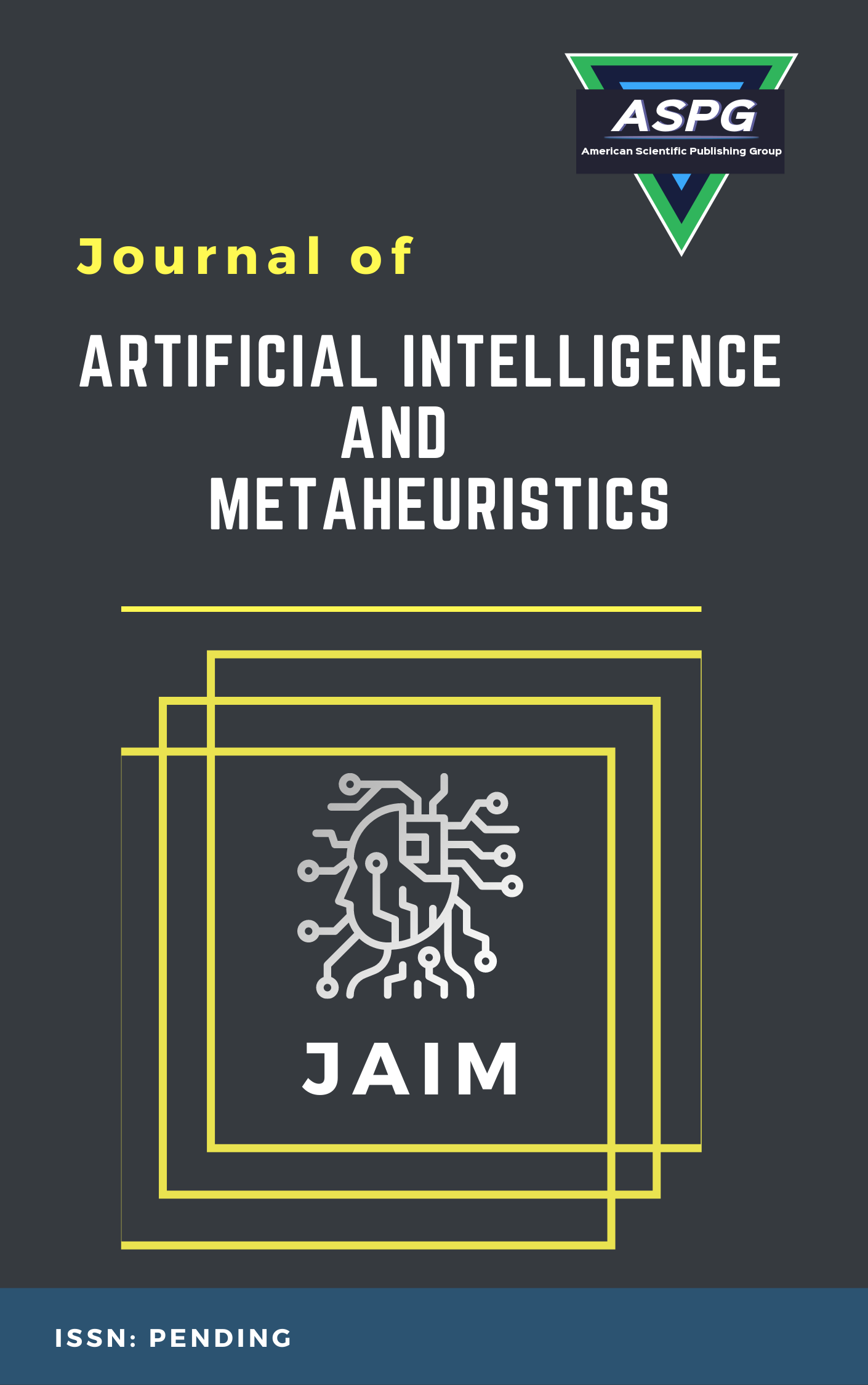

Volume 1 , Issue 1 , PP: 20-26, 2022 | Cite this article as | XML | Html | PDF | Full Length Article
M. Y. Shams 1 *
Doi: https://doi.org/10.54216/JAIM.010102
There are numerous definitions of hybrid systems that vary from one another in terms of the methods suggested. In general, hybrid systems can be characterised as combining two or more distinct approaches to create a fusion system that depends on the merged approaches. Sequential, auxiliary, and embedded hybrid systems are different types of hybrid systems. In general, in order to use biometrics, there must be a way to record the chosen distinguishing attribute. Preprocessing is then utilised to enhance the input. Then, for processing and storage, the most distinguishing features are extracted, encoded, and added to a suitable representation template. By comparing query inputs to templates that have been stored, it is possible to identify the subject under examination. Biometric systems have been employed by numerous industries.
Hybrid systems , Biometrics , Auxiliary , Embedded systems.
[1] A.K. Jain, K. Nandakumar, Biometric authentication: System security and user privacy., Computer. 45 (2012) 87–92.
[2] R.V. Yampolskiy, V. Govindaraju, Behavioural biometrics: a survey and classification, International Journal of Biometrics. 1 (2008) 81–113.
[3] S. Barde, A. Agrawal, Classification of biometrics and implementation strategies, in: Advances in Biometrics, Springer, 2019: pp. 307–332.
[4] A. Jain, L. Hong, S. Pankanti, Biometric identification, Communications of the ACM. 43 (2000) 90–98.
[5] A. Basit, Iris Localization Using Grayscale Texture Analysis And Recognition Using Bit Planes, NATIONAL UNIVERSITY OF MODERN LANGUAGES ISLAMABAD, 2009.
[6] T. Dunstone, N. Yager, Biometric system and data analysis: Design, evaluation, and data mining, Springer, 2009.
[7] J.L. Wayman, A.K. Jain, D. Maltoni, D. Maio, Biometric systems: Technology, design and performance evaluation, Springer Science & Business Media, 2005.
[8] J. Oyeniyi, O. Oyeniran, L. Omotosho, O. Adebayo, Iris Recognition System: Literature Survey and Technical Overview, International Journal of Engineering and Artificial Intelligence. 1 (2020) 34-43-34–43.
[9] T. Lu, Hybrid neural networks for nonlinear, Optical Pattern Recognition. (1998) 40.
[10] P. Melin, O. Castillo, Hybrid intelligent systems for pattern recognition using soft computing: an evolutionary approach for neural networks and fuzzy systems, Springer Science & Business Media, 2005.
[11] B.K.O.C. Alwawi, A.F.Y. Althabhawee, Towards more accurate and efficient human iris recognition model using deep learning technology, TELKOMNIKA (Telecommunication Computing Electronics and Control). 20 (2022) 817–824. https://doi.org/10.12928/telkomnika.v20i4.23759.
[12] J. Sun, S. Zhao, Y. Yu, X. Wang, L. Zhou, Iris recognition based on local circular Gabor filters and multi-scale convolution feature fusion network, Multimed Tools Appl. (2022). https://doi.org/10.1007/s11042-022-13098-2.
[13] M. Lavanya, V. Kavitha, A hybrid classical techniques and optimal decision model for iris recognition under variable image quality conditions, J Ambient Intell Human Comput. 12 (2021) 8913–8931. https://doi.org/10.1007/s12652-020-02691-8.
[14] M.Y. Shams, A.E. Hassanien, M. Tang, Deep Belief Neural Networks for Eye Localization Based Speeded up Robust Features and Local Binary Pattern, in: X. Shi, G. Bohács, Y. Ma, D. Gong, X. Shang (Eds.), LISS 2021, Springer Nature, Singapore, 2022: pp. 415–430. https://doi.org/10.1007/978-981-16-8656-6_38.
[15] M.Y. Shams, M.Z. Rashad, O. Nomir, R.M. El-Awady, Iris Recognition Based on LBP and Combined LVQ Classifier, IJCSIT. 3 (2011) 67–78. https://doi.org/10.5121/ijcsit.2011.3506.